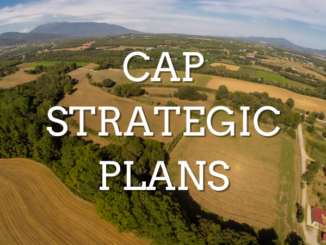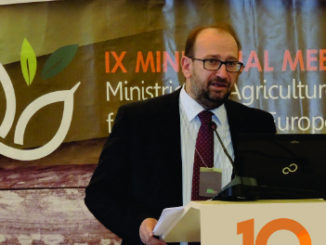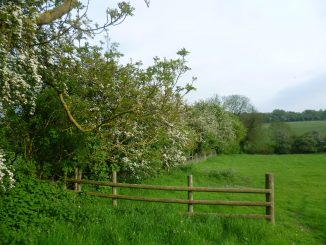When considering sustainability – and not just yield – how does organic farming compare to conventional? Recently published research, encompassing 40 years of studies, points to organic outperforming conventional in nearly all areas. But will this mean better support for organic farming in the CAP? Oliver Moore reports.
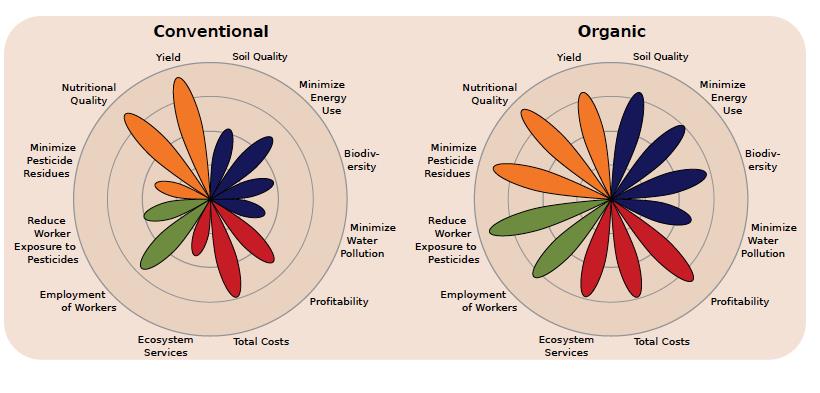
There is supposedly this notion that the Common Agriculture Policy (CAP) is about ‘public goods for public money’. In other words, as a majority – on average over 60% – of European farm incomes come from the CAP, the paying public should something back.
That something is more than just food security: its about agri-food playing its part to help with a range of social, economic and environmental issues. These include biodiversity loss, rural depopulation, sustainable use of resources, farm incomes and climate change.
Yet a recent report by BirdLife Europe found that the new CAP (2014-2020) spends a billion less on environmental supports than the previous one, whatever about the rhetoric of greening. Farm numbers and incomes in many regions are plummeting, the dairy crisis lumbers on with piecemeal solutions Commissioner Hogan has admitted are flawed.
How might organic farming fare, were it more the norm in the EU? A recent study, published in Nature, reviewed 40 years of science comparing the long-term prospects of organic and conventional farming. The authors (Reganold and Wachter) accessed organic and conventional farming in light of the four key sustainability metrics identified by the US National Academy of Sciences: productivity, economics, environment, and social wellbeing.
These 40 years of studies were distilled down into twelve main metrics: soil quality, minimise energy use; biodiversity; minimise water pollution (environment); profitability, total costs, ecosystem services (economics); employment of workers, reduce worker exposure to pesticides (social well being); minimise pesticide residues, nutritional quality, yield (productivity).
There is some overlap between these areas – ecosystem services have an environment and productivity dimension. And not everything that could be included is included, from food security to land area. Also how society weights these twelve metrics, in order of importance, is worth considering.
Nevertheless in this – as in so many other large recent studies of organic farming and food – organic out-performs conventional.
Total costs were similar, while yield slightly lower in organic. For the other ten, organic outscored conventional – sometimes markedly so.
With yield, the authors noted the real but closing gap of 10-20% between organic and conventional. They also noted how in individual sectors, this gap is very narrow indeed, while in extreme weather conditions – especially drought – organic is starting to outperform conventional. These extremes are, with climate change, likely to become more frequent and strong.
In the main however, the slightly higher yield comes at too much of an overall cost, especially in a context of global food overproduction.
The environmental benefits are well known, from soil to pollution, biodiversity to climate change.
It was interesting to note, however, how well organic performs for people.
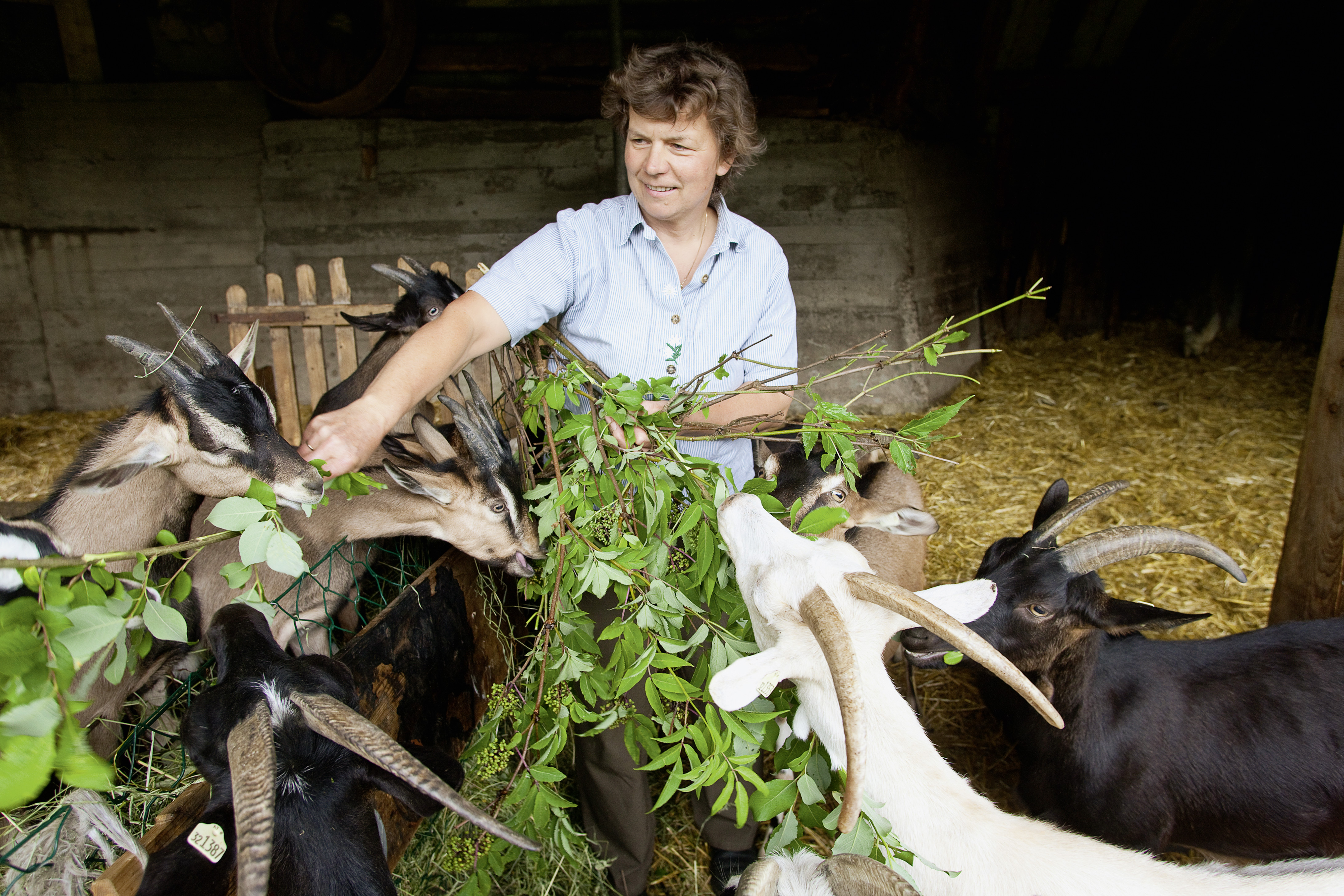
“Organic farming comes out ahead when it comes to providing jobs for workers and reducing farmworkers’ exposure to pesticides and other chemicals. Many organic certification programs also have wellbeing goals for farmworkers”.
Continuing, lead author John P. Reganold said “hundreds of scientific studies now show that organic agriculture can produce sufficient yields, be profitable for farmers, protect and improve the environment, and be safer for farm workers…mainstream conventional farming systems have provided growing supplies of food and other products but often at the expense of other sustainability goals.”
Europe-specific studies have found similarly. All the signs, however, are that the current Commission and the momentum at EU level are pushing towards a less green CAP. 2017’s midterm review – which, in effect will be another CAP reform – will continue the de-greening Commissioner Hogan has pushed, under the guise of simplification.
As well as de-greening, the focus, insiders tell me, is shifting heavily from public goods to farm incomes.
Yet even here, organic outperforms conventional, according to global and EU research.
Don’t expect any major, pro-organic changes in this mid term review. Scientific and practical evidence only counts for so much where organic is such a small sector.
A version of this article first appeared in the Irish Examiner newspaper’s farming section.


